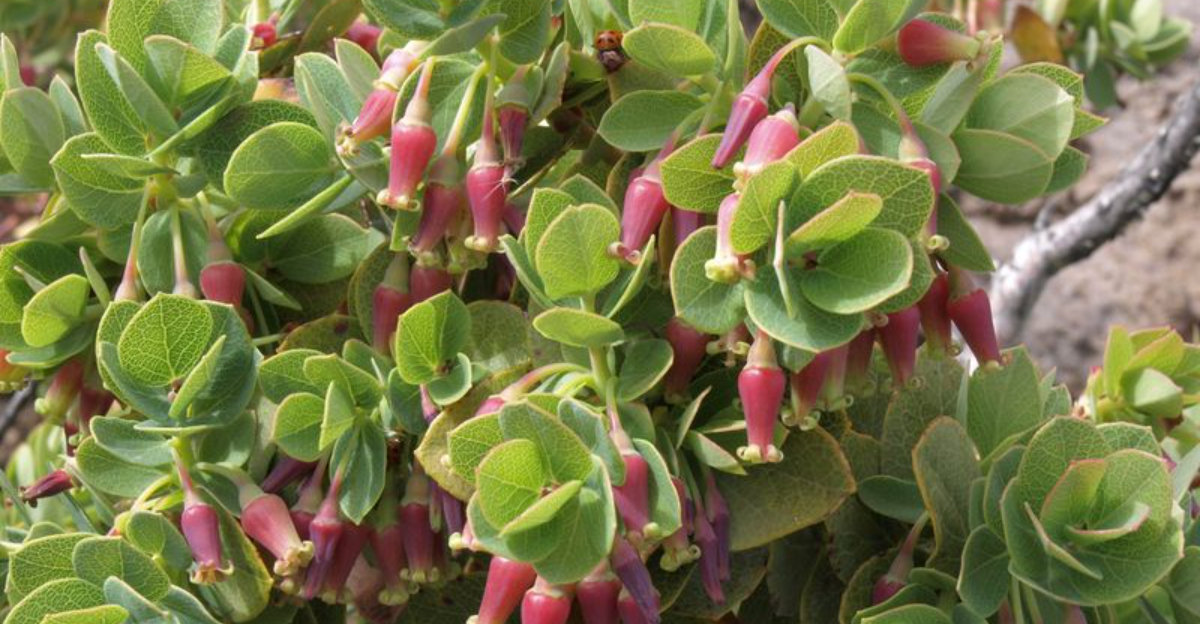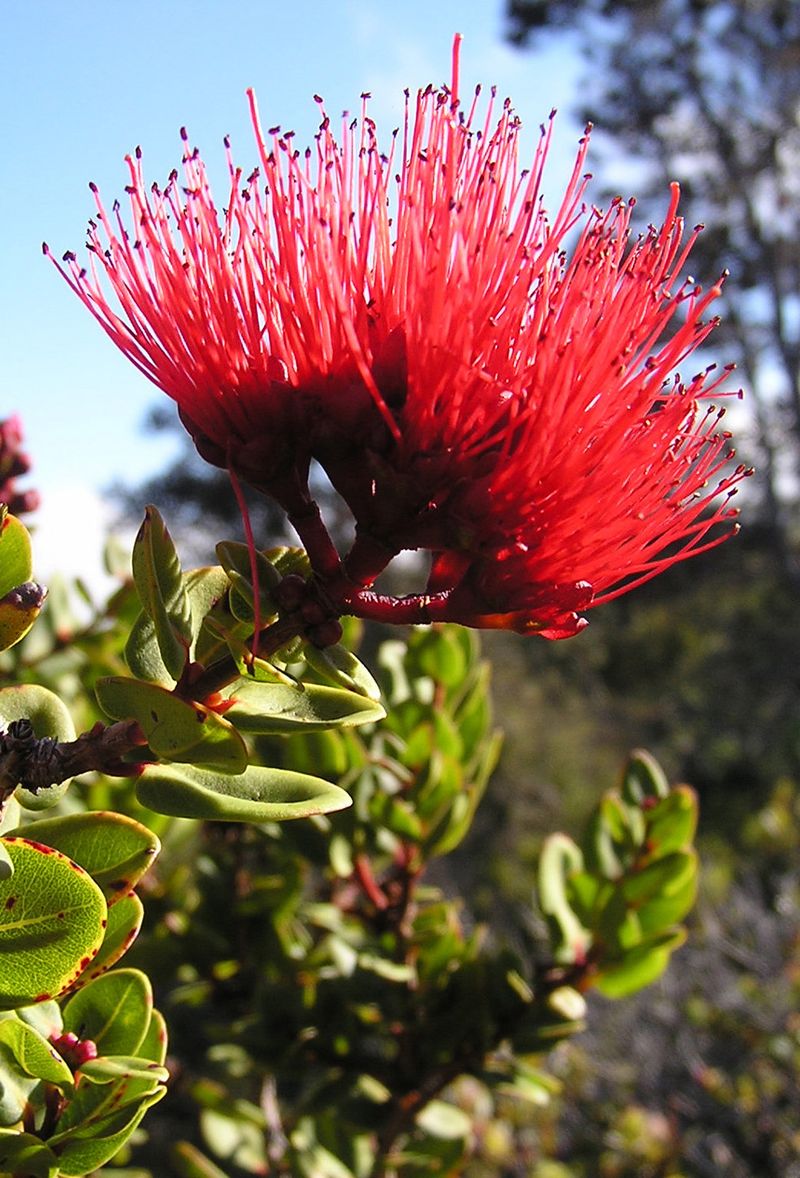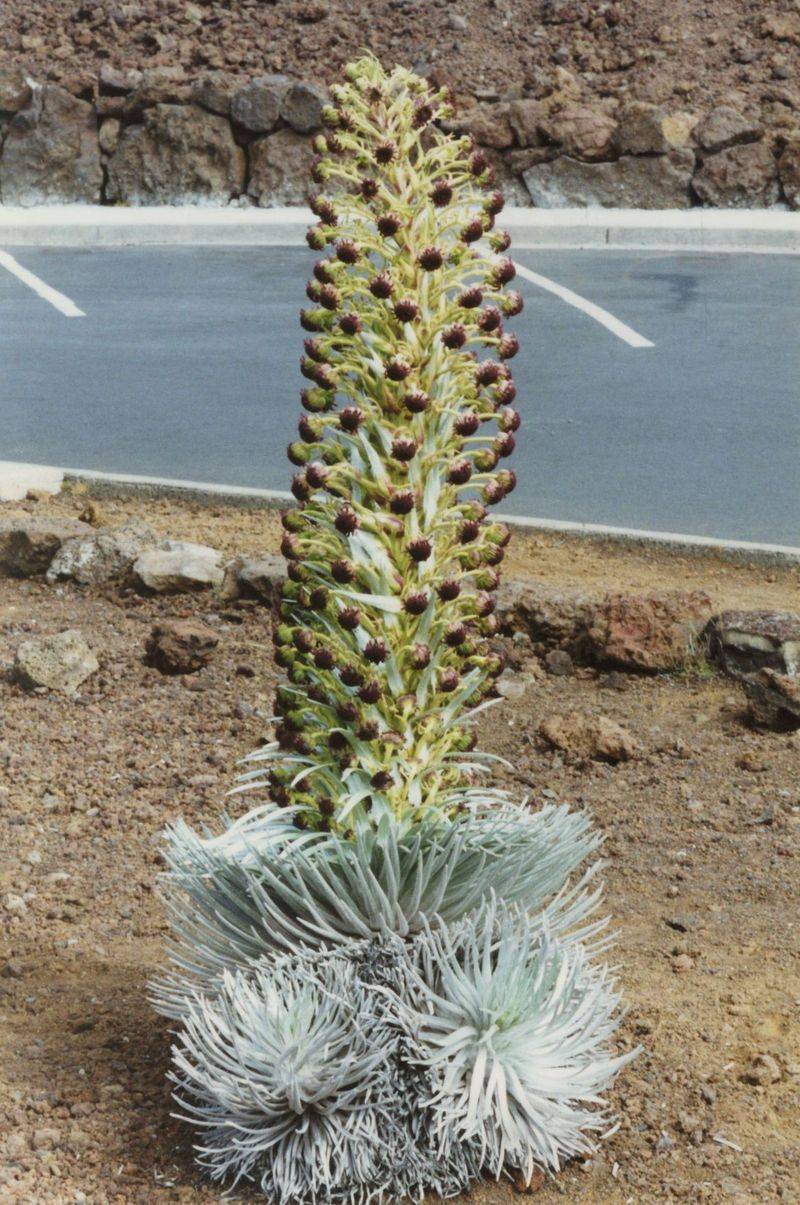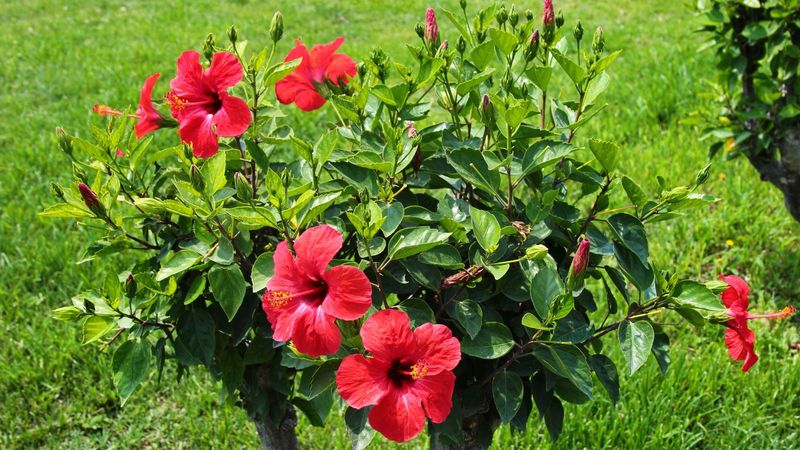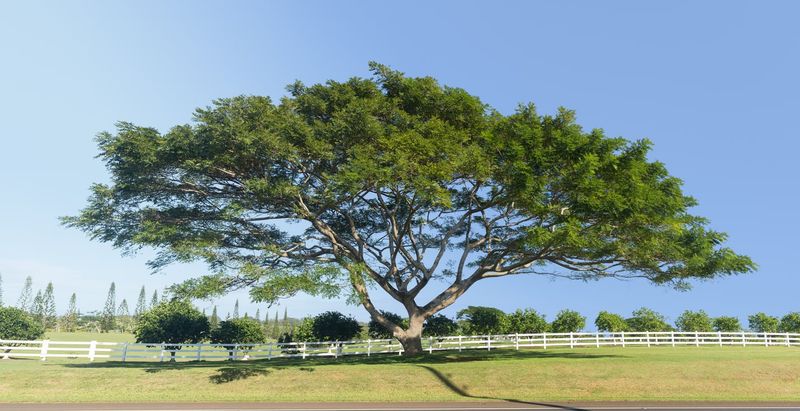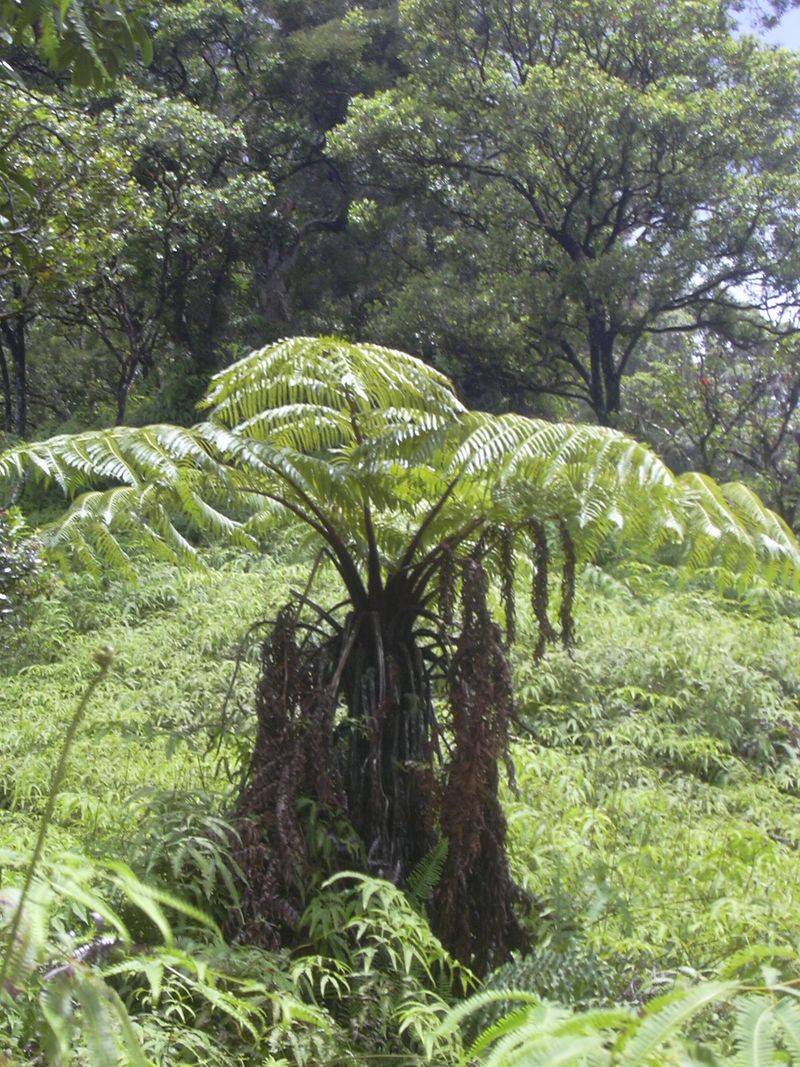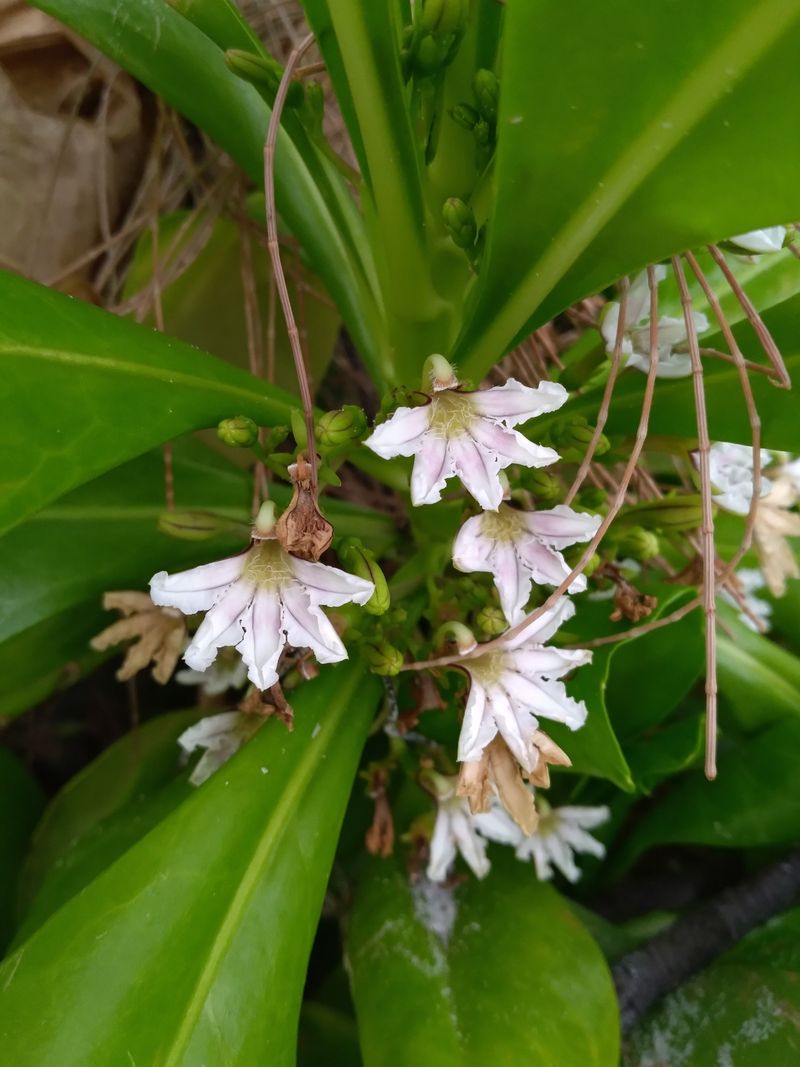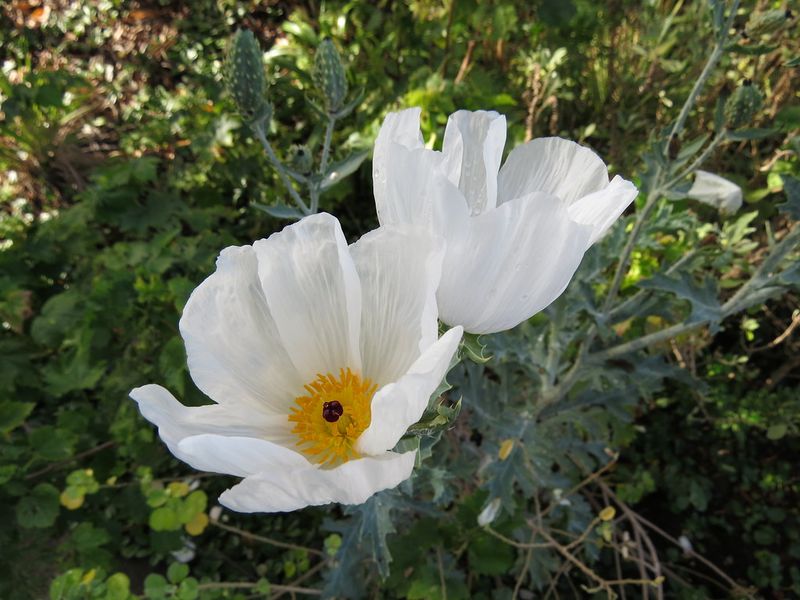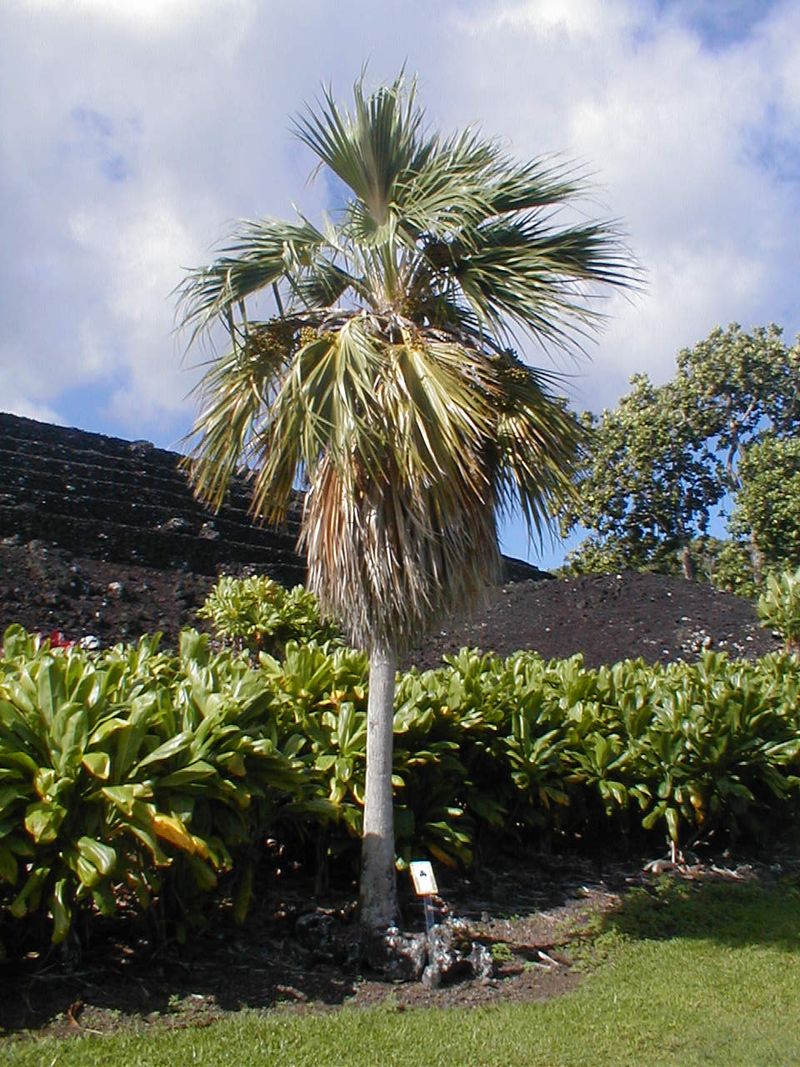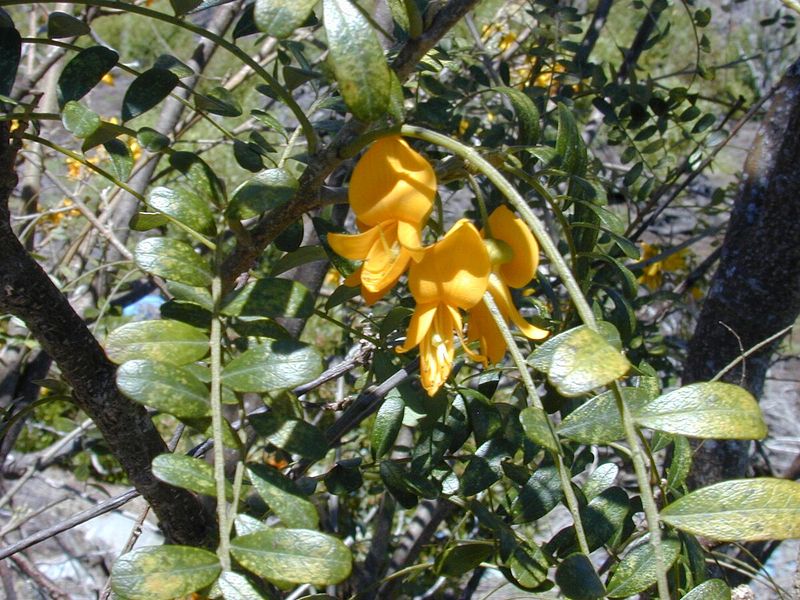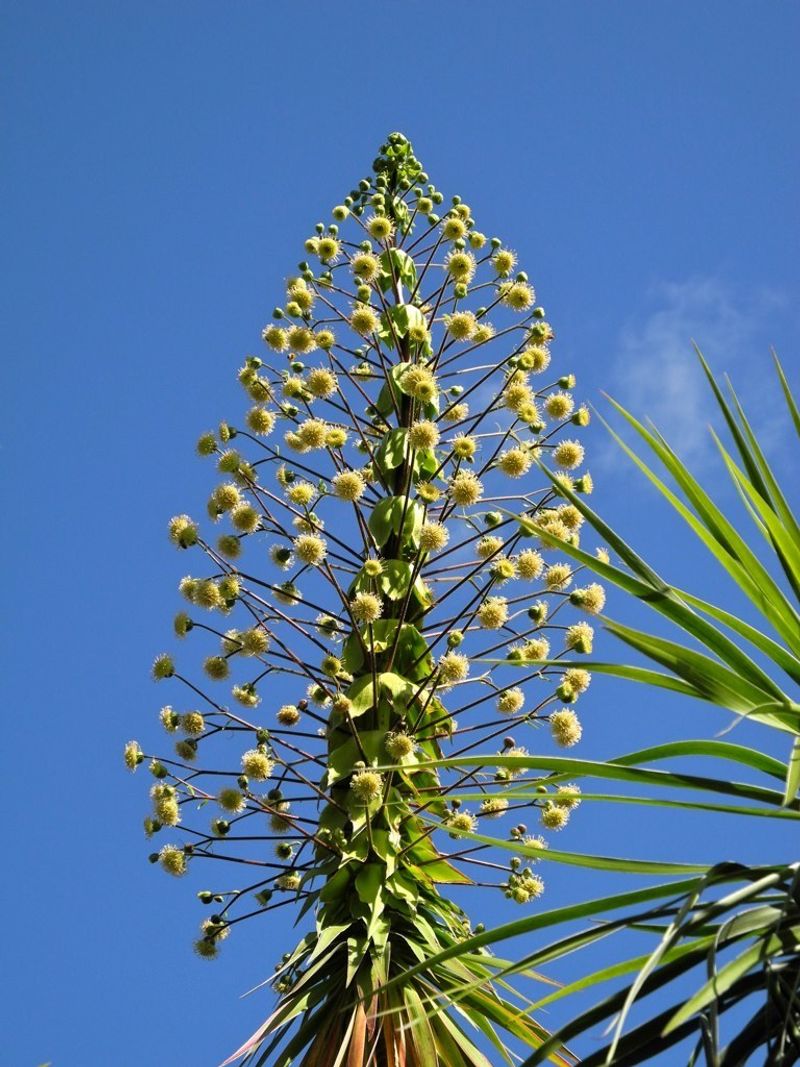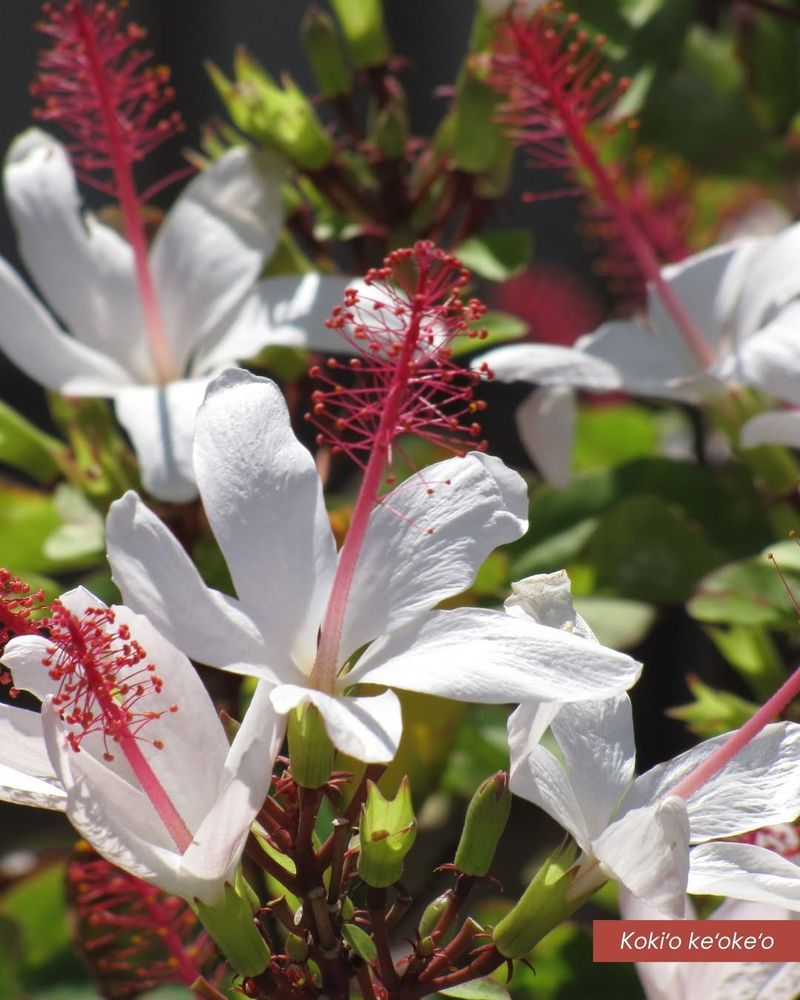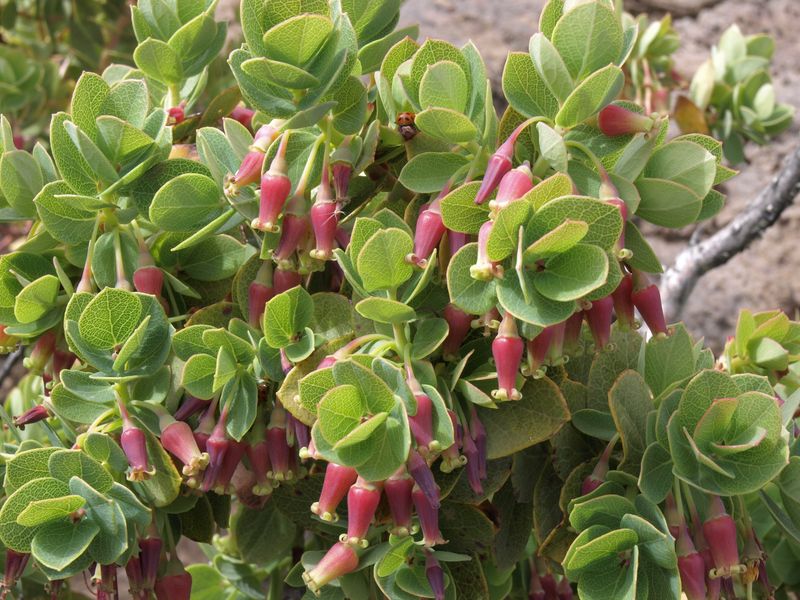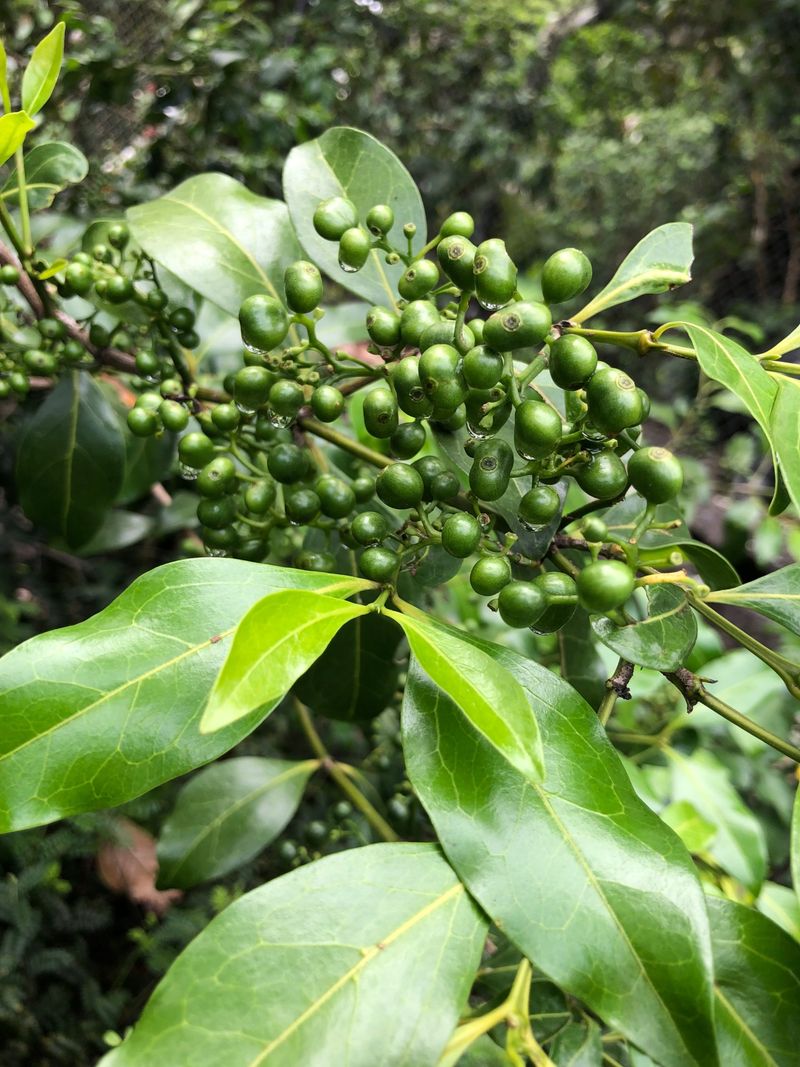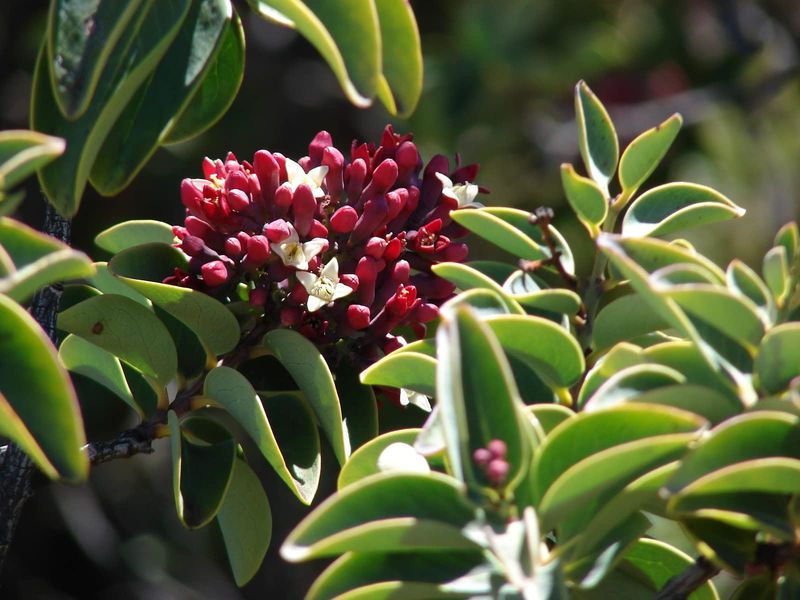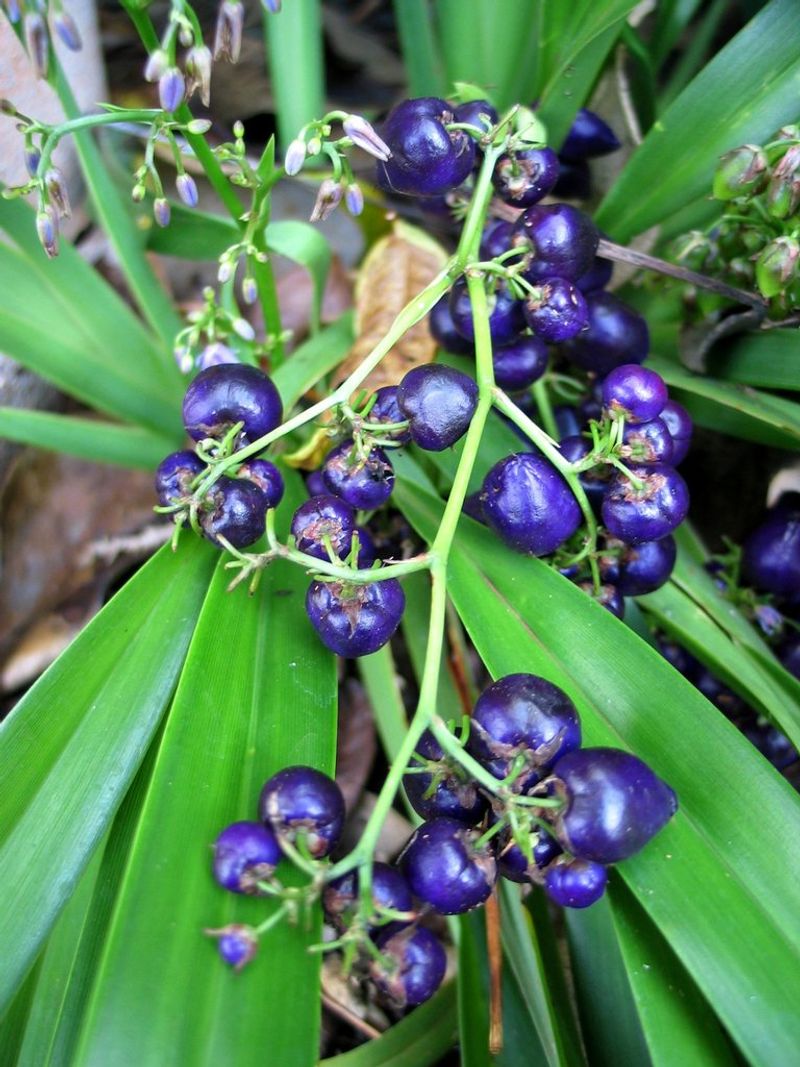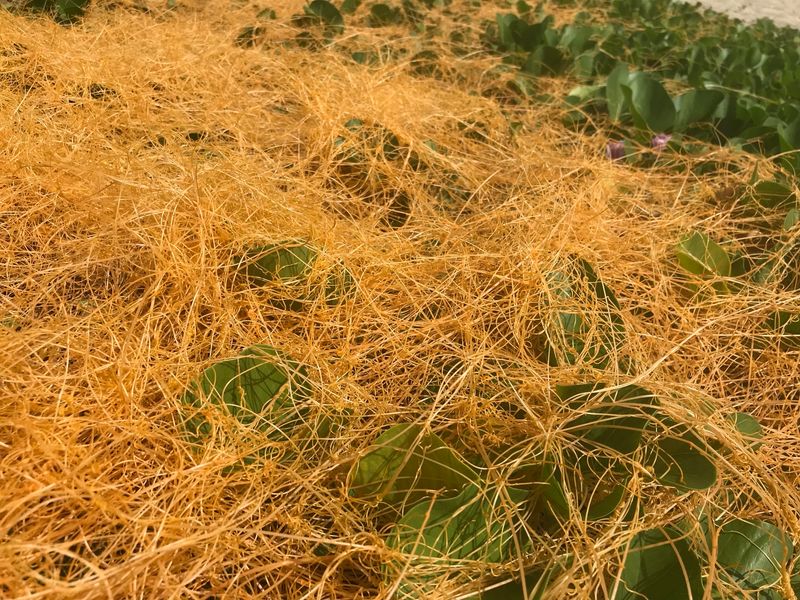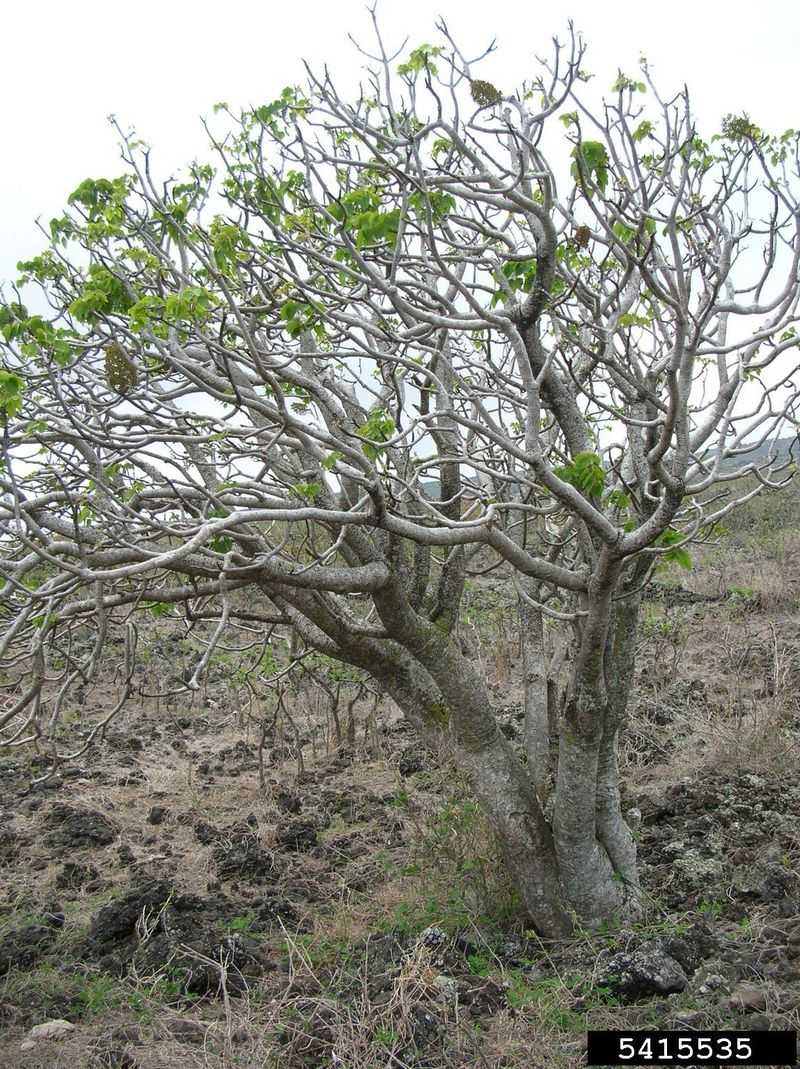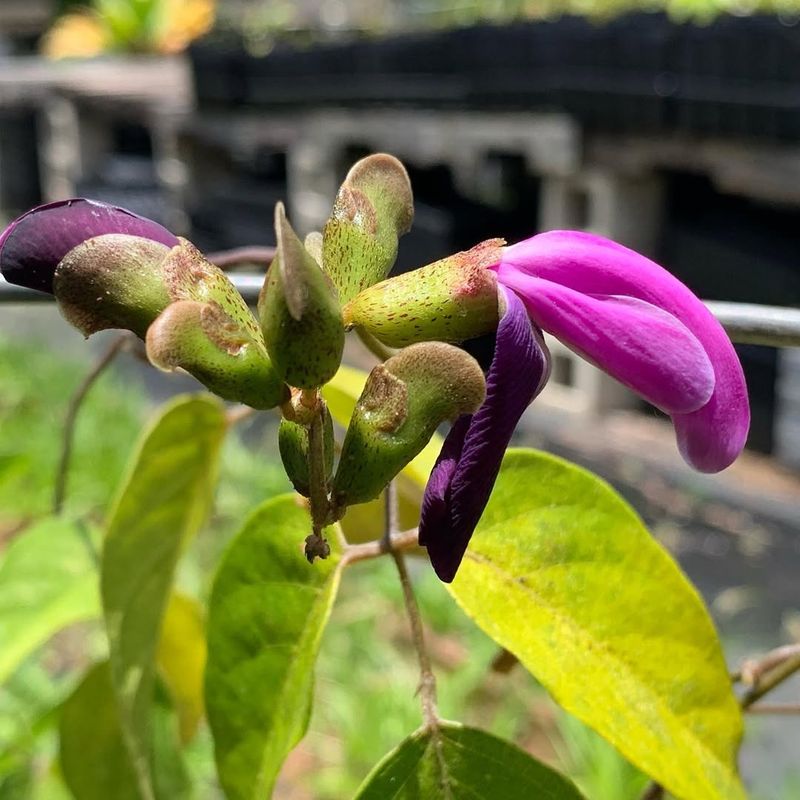Hawaiʻi is home to a breathtaking array of endemic plants, each more captivating than the last. These unique florae have adapted to the islands’ diverse ecosystems, offering a glimpse into nature’s resilience and artistry.
From vibrant blossoms to ancient ferns, these plants are integral to Hawaiʻi’s rich ecological tapestry.
Join us on an exploration of 18 of Hawaiʻi’s most stunning endemic plants, each showcasing the remarkable biodiversity found only in this Pacific paradise.
1. ʻŌhiʻa Lehua (Metrosideros polymorpha)
The ʻōhiʻa lehua, with its striking red, orange, yellow, or pink flowers, is an iconic symbol of Hawaiʻi. This tree plays a crucial role in native ecosystems, providing habitat and food for various wildlife species. The blossoms are a favorite of Hawaiian honeycreepers, which help in pollination.
The ʻōhiʻa is incredibly versatile, thriving in various environments from coastal areas to volcanic slopes. Its wood is highly valued for its durability and strength, making it a sought-after material in traditional Hawaiian construction.
Unfortunately, this beautiful tree faces threats from invasive species and diseases like Rapid ʻŌhiʻa Death.
2. Hawaiian Silversword (Argyroxiphium sandwicense)
Perched on high elevations like Haleakalā and Mauna Kea, the Hawaiian silversword is a sight to behold. Its unique silver-hued leaves glisten in the sun, a testament to its adaptation to harsh environments. These plants can live for several years before blooming once and then dying.
The silversword’s lifecycle is a marvel of nature, attracting pollinators with its tall flower stalk before setting seeds. Unfortunately, it is endangered due to habitat destruction and invasive species.
Conservation efforts are underway to protect this rare gem, ensuring future generations can witness its stunning beauty.
3. Hawaiian Hibiscus (Hibiscus arnottianus & Hibiscus brackenridgei)
The Hawaiian hibiscus includes two native species, both renowned for their exquisite blooms. Hibiscus arnottianus, with its white flowers and subtle fragrance, is one of the few scented hibiscus species. Hibiscus brackenridgei boasts vibrant yellow petals that stand out against the lush greenery.
These hibiscus species are not just beautiful; they hold cultural significance and are often used in lei-making and traditional ceremonies. Sadly, they face threats from habitat loss and competition with non-native plants.
Efforts are being made to cultivate these species in gardens, preserving their legacy for Hawaiʻi’s cultural and natural heritage.
4. Koa Tree (Acacia koa)
The koa tree is a magnificent hardwood species native to Hawaiʻi, cherished for its strength and beauty. Its wood is prized for crafting traditional Hawaiian canoes, musical instruments, and fine furniture. The tree’s towering presence in the rainforest supports a myriad of wildlife.
Koa leaves are uniquely sickle-shaped, a distinct feature that aids in capturing sunlight efficiently. This tree plays a vital ecological role, enriching the soil and providing habitat for native birds and insects.
Conservation efforts are crucial as koa trees face challenges from deforestation and invasive species, threatening their survival and ecological contributions.
5. Hawaiian Tree Fern (Cibotium spp.)
Hawaiian tree ferns, or hāpuʻu, are ancient giants that dominate the island’s rainforest landscapes. These ferns provide essential habitat and moisture for numerous species, creating a thriving ecosystem under their broad fronds.
Their trunks, known as pulu, are traditionally used by Hawaiians for bedding and other practical purposes. The young fronds, or fiddleheads, unfurl in a captivating display of nature’s artistry.
Tree ferns are sensitive to environmental changes, making them vulnerable to habitat disturbances. Preserving these ferns is vital for maintaining the health and diversity of Hawaiʻi’s rainforests.
6. Naupaka (Scaevola taccada & Scaevola sericea)
Naupaka plants are uniquely Hawaiian, known for their distinctive half-flowers. Two main species thrive in different environments: Scaevola taccada along coastal areas and Scaevola sericea in mountainous regions.
Their peculiar blossoms have inspired local legends about star-crossed lovers, contributing to their cultural allure. Naupaka plants are hardy, playing a vital role in stabilizing sand dunes and preventing erosion along coastlines.
These plants are not only ecologically valuable but also a fascinating example of Hawaiʻi’s diverse flora. Their resilience and adaptability make them a symbol of nature’s perseverance in challenging environments.
7. Pua Kala (Argemone glauca)
Pua kala, or the Hawaiian poppy, is a delicate and charming plant native to the islands. Its white petals and bright yellow center make it an eye-catching addition to Hawaiʻi’s diverse flora.
This hardy plant thrives in rocky, dry environments, showcasing nature’s ability to flourish in challenging conditions. Pua kala is often found in areas with lava rock, where few other plants can survive.
Despite its beauty, the Hawaiian poppy contains toxic compounds and should be handled with care. Its unique appearance and adaptability make it a symbol of Hawaiʻi’s resilient plant life.
8. Hawaiian Loulu Palm (Pritchardia spp.)
The Hawaiian loulu palm is the only genus of palm trees native to the islands, boasting over 20 different species. These palms are an integral part of Hawaiʻi’s natural landscape, providing habitat and food for native birds and insects.
Loulu palms are characterized by their elegant fan-shaped leaves and slender trunks, often seen swaying gently in the island breeze. They hold cultural significance as well, having been used by ancient Hawaiians for various purposes, including thatching and weaving.
Conservation efforts are crucial as many loulu species face threats from habitat loss and invasive species, highlighting the need for preservation.
9. Māmane (Sophora chrysophylla)
Māmane trees are an essential part of Hawaiʻi’s upland forests, known for their beautiful yellow flowers and ecological significance. They provide a critical food source for the endangered Palila bird, which relies on māmane seeds and flowers.
These trees are adapted to thrive in harsh, high-elevation environments, often found on the slopes of Mauna Kea and other volcanic regions. Their presence supports a diverse array of native wildlife.
Efforts to conserve māmane forests are vital for protecting both the tree and the species that depend on it. Habitat restoration initiatives aim to ensure their survival in the face of environmental changes.
10. Iliau (Wilkesia gymnoxiphium)
Iliau, a rare and fascinating plant, is a relative of the silversword family, found only on the island of Kauaʻi. Its tall, slender stalks topped with clusters of flowers make it a striking presence in the landscape.
Iliau’s adaptation to Kauaʻi’s challenging environments reflects its resilience and uniqueness. The plant’s lifecycle and growth habits attract various pollinators, playing a role in the island’s ecological balance.
Conservation efforts are essential to protect iliau from habitat loss and invasive species. Its rarity and beauty underscore the importance of preserving Hawaiʻi’s endemic plant species for future generations.
11. Kokiʻo Keʻokeʻo (Hibiscus arnottianus)
Kokiʻo keʻokeʻo, or the native white hibiscus, is one of the few hibiscus species with a delightful fragrance. Its pristine white blossoms are a captivating feature of Hawaiʻi’s native flora, often found in gardens and wild landscapes.
This hibiscus holds cultural significance and is used in various traditional Hawaiian practices, including lei-making and ceremonies. Its beauty and scent make it a favorite among locals and visitors alike.
Efforts to preserve kokiʻo keʻokeʻo focus on cultivating it in gardens and protecting its natural habitats from invasive species. Its enchanting presence continues to inspire admiration and conservation.
12. Hawaiian Blueberry (ʻŌhelo ʻAi) (Vaccinium reticulatum)
The Hawaiian blueberry, or ʻōhelo ʻai, is a wild berry found on the volcanic slopes of the islands. Its small, round berries range in color from deep blue to red, offering a tart and refreshing taste.
These berries are a vital food source for native birds and other wildlife, contributing to the ecological balance of their habitats. ʻŌhelo ʻai is also enjoyed by humans, often used in jams and other culinary creations.
Growing in harsh volcanic environments, the Hawaiian blueberry showcases nature’s adaptability and resourcefulness. Conservation efforts aim to protect its habitats from development and environmental changes.
13. Alaheʻe (Psydrax odorata)
Alaheʻe is a native Hawaiian shrub known for its fragrant white flowers and glossy green leaves. This plant adds beauty and aroma to the island’s landscapes, often found in coastal and lowland areas.
The scent of alaheʻe blossoms is reminiscent of jasmine, making it a popular choice for gardens and ornamental plantings. Its dense foliage provides shelter and food for native birds and insects, playing a crucial role in the ecosystem.
Efforts to cultivate and conserve alaheʻe focus on maintaining its natural habitats and promoting its use in landscaping. Its aromatic charm and ecological value make it a treasured part of Hawaiʻi’s flora.
14. Hawaiian Sandalwood (ʻIliahi) (Santalum spp.)
Hawaiian sandalwood, or ʻiliahi, is a fragrant tree historically harvested for its valuable wood and aromatic oils. Once abundant on the islands, it was heavily exploited, leading to significant declines in its population.
The wood of ʻiliahi is highly prized for its rich scent, used in perfumes and incense. This tree plays a vital role in the forest ecosystem, providing habitat and nutrients for other species.
Conservation efforts are focused on restoring ʻiliahi populations through reforestation and habitat protection. The cultural and ecological importance of Hawaiian sandalwood underscores the need for its preservation and sustainable management.
15. Uki Uki (Dianella sandwicensis)
Uki uki is a native Hawaiian lily characterized by its slender leaves and captivating blue-purple berries. This plant adds a splash of color to the islands’ forests, often found in understory environments.
The berries of uki uki are not only visually appealing but also serve as a food source for birds. Its leaves have traditional uses in Hawaiian culture, including weaving and crafting.
Conservation efforts aim to protect uki uki from habitat loss and promote its use in native landscaping. The plant’s unique appearance and cultural significance make it a valuable addition to Hawaiʻi’s diverse flora.
16. Kaunaʻoa (Cuscuta sandwichiana)
Kaunaʻoa, a parasitic vine native to Hawaiʻi, is easily recognizable by its bright orange strands. It thrives on coastal vegetation, wrapping around host plants and drawing nutrients from them.
Despite its parasitic nature, kaunaʻoa is an important part of the coastal ecosystem, providing habitat and food for various insects and birds. Its striking color adds vibrancy to the landscape, often seen draped over beach vegetation.
Efforts to study and understand kaunaʻoa focus on its ecological role and interactions with host plants. Its unique presence along Hawaiian shores highlights the complexity and diversity of the islands’ ecosystems.
17. Ohe Makai (Reynosia sandwicensis)
Ohe makai, a rare and drought-tolerant tree, is native to Hawaiʻi’s dry forests. Its small white flowers and dark green leaves make it a subtle yet significant part of the island’s flora.
This tree is well-adapted to arid conditions, often found in rocky and sandy soils. It plays a crucial role in stabilizing the soil and providing habitat for native wildlife.
Conservation efforts are focused on protecting ohe makai from habitat destruction and promoting its growth in suitable environments. Its resilience and ecological importance underscore the need for preservation and awareness of Hawaiʻi’s unique plant species.
18. ʻĀwikiwiki (Canavalia galeata)
ʻĀwikiwiki is a native Hawaiian vine known for its striking purple flowers and lush greenery. This plant thrives in tropical forests, adding color and vibrancy to the landscape.
The vine’s flowers attract pollinators, playing an essential role in the ecosystem’s reproductive processes. ʻĀwikiwiki is also known for its nitrogen-fixing properties, enriching the soil and supporting other plant life.
Conservation efforts focus on protecting ʻāwikiwiki’s natural habitats and promoting its use in reforestation projects. Its ecological contributions and striking appearance make it a valuable component of Hawaiʻi’s rich plant diversity.
